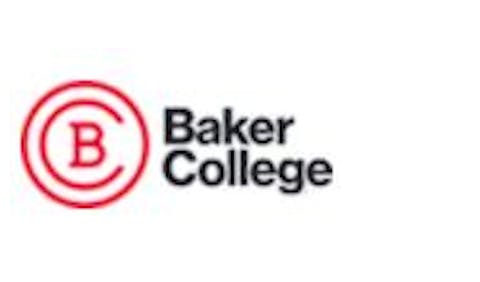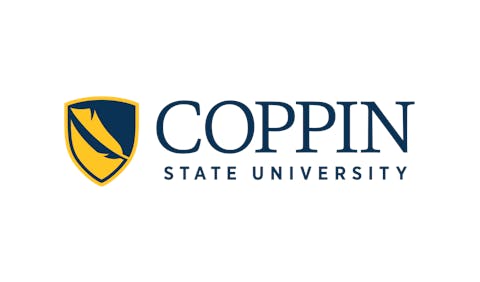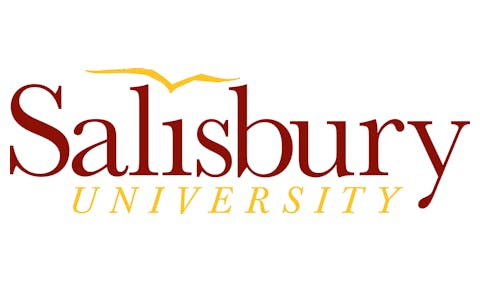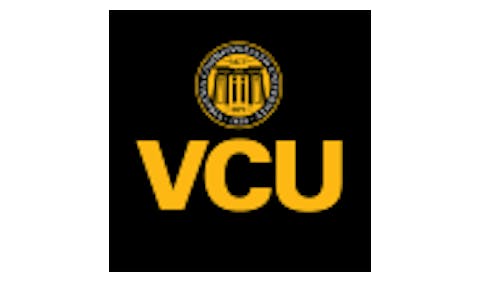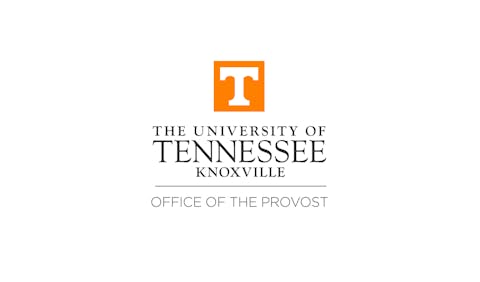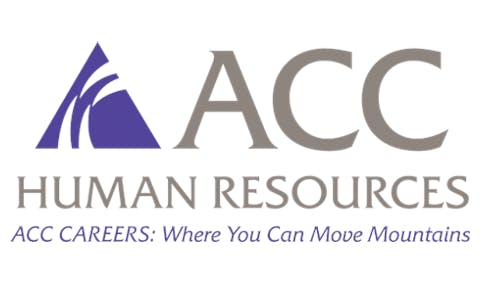The Trump administration’s decision to withdraw federal defense of the Developing Hispanic- Serving Institutions Program (DHSI) has sent shockwaves through higher education, threatening vital funding for over 600 colleges and universities that serve more than 5.6 million students nationwide.
On August 25, the Department of Justice announced it would no longer defend the constitutionality of the DHSI program, established under Title V of the Higher Education Act in 1998. The decision comes amid ongoing litigation filed by Tennessee Attorney General Jonathan Skrmetti and the advocacy group Students for Fair Admissions (SFFA), who argue the program violates constitutional principles by “discriminating on the basis of race.”
 Patricia McGuire
Patricia McGuire
A program under siege
The legal challenge in Tennessee v. U.S. Department of Education represents the latest front in a broader assault on diversity initiatives in higher education. The lawsuit follows the Supreme Court’s landmark 2023 decision in Students for Fair Admissions v. Harvard, which overturned racial considerations in college admissions and aligns with the Trump administration’s broader opposition to DEI programs and affirmative action.
Skrmetti and SFFA contend that the program’s 25 percent Hispanic enroll
threshold even those serving significant numbers of Hispanic students. They argue this racial classification amounts to unconstitutional preferential treatment and undermines equal protection, potentially depriving public universities of millions in federal funding.
The Hispanic Association of Colleges and Universities (HACU) has mounted a vigorous defense of the program, rejecting the constitutional challenge as both “unjust” and “legally unsound.” Dr. David Mendez, HACU’s interim chief executive officer, points out that the 25 percent benchmark is used to allocate federal support, not to exclude, stigmatize, or prefer individual applicants.
“This unjust effort to end the HSI grant program will disproportionately harm all students attending these colleges and universities and their communities,” says Mendez. “The HSI program constitutes only a fraction of the federal budget, yet delivers a return on investment that far exceeds its modest cost.”
Beyond individual students: institutional impact
Critics of the lawsuit argue that opponents fundamentally misunderstand how HSI funding operates.
“What the critics and now plaintiffs fail to understand is that the federal grants serve all students at those universities since the grants support institutional needs like laboratory development, facilities construction and renovation, student support services and endowments,” says Patricia McGuire, president of Trinity Washington University, which holds both Predominantly Black Institution (PBI) and HSI designations. “The grants do not support individual students by race or ethnicity.”
McGuire draws a sharp contrast between HSIs and elite predominantly white institutions, noting that HSIs enroll primarily low-income students whose families cannot provide comprehensive college support and who typically do not make large charitable donations after graduation. Unlike wealthy institutions with generous do- nor bases, these universities rely heavily on federal support to maintain educational quality and student services.
“Because these institutions provide important educational services to the nation in the development of the national workforce and economy, Congress decided to create the HSI and other MSI [Minority Serving Institutions] programs to fill in the gap of financial support that these schools lack,” she adds. “But the federal funds benefit everyone on campus, not just one race or ethnicity.”
Between the years 2000 and 2020, Hispanic post-baccalaureate enroll- ment has tripled in the U.S., according to the Postsecondary National Policy Institute. However, enrollment and degree completion gaps remain.
The stakes extend beyond individual institutions. McGuire warns that the legal challenge could threaten other Minority Serving Institution programs, noting her own concerns about the future of PBI funding. Trinity, like many institutions, can only receive grants from one MSI program and has historically received support through PBI designations.
Student impact and educational equity
Experts point to the importance of need-based programs that direct resources to students who genuinely require support. They argue that the elimination of HSI funding could create insurmountable obstacles for students already facing economic challenges.
The program was specifically designed to expand educational opportunities,
improve academic outcomes, and increase college completion rates among
Hispanic and low-income student populations historically underrepresented in
higher education. Research has consistently demonstrated that HSIs serve as crucial pathways to economic mobility, particularly for first-generation college students.
Dr. Marybeth Gasman, the Samuel DeWitt Proctor Endowed Chair in Education and Distinguished Professor at Rutgers University’s Graduate School of Education, points to the broader societal impact of these institutions beyond individual student outcomes.
“HSIs are vital institutions that serve large numbers of students who rep- resent the vast diversity of the nation; they also serve their surrounding communities,” Gasman says. “They offer low-tuition, increase economic mobility, and meet the needs of first-generation, low-income, and large numbers of students of color, most prominently Latinx students, providing significant wrap- around, student success support.”
Because of HSIs, says Gasman, “individuals, families, and communities are better off, and students become more informed citizens who can contribute to democracy.”
Gasman views the Trump administration’s position as part of a broader pattern targeting Latino communities.
“In addition to wanting to end anything race-related, the Trump administration is not interested in supporting the education of Latinx students, and I would add the livelihood of Latinx families,” she says. “I think their policies and executive orders make that clear.”
HACU, which will convene its annual conference in the beginning of November in Colorado, notes that it does not advocate for preferential treatment but rather equitable funding for institutions serving populations that have historically lacked access to higher education resources. The association argues that ending HSI grants would cut off vital resources not only for HSIs but for other programs serving large proportions of first-generation, low-income, and historically underrepresented college students.
Legal and constitutional arguments
The constitutional debate involving the litigation centers on whether Congress overstepped its authority in establishing the DHSI program. Plaintiffs argue that the 25 percent enrollment threshold creates an unconstitutional racial classification that violates equal protection principles. They contend this requirement excludes institutions that may serve significant numbers of Hispanic students but fall below the threshold.
HACU counters that the plaintiff’s claims are unfounded because the program was established by congressional action rather than agency overreach. The organization argues that the program’s modest investment yields disproportionate benefits for the nation, making it both constitutionally sound and economically justified.
The legal challenge, however, reflects broader tensions over how institutions can best address historical inequities while complying with evolving
constitutional interpretations of equal protection. The outcome could establish precedent affecting not only HSI funding, but other federal programs designed to support underserved communities.
As the litigation proceeds, higher education leaders are bracing for potential disruptions to programs that have provided stable fund- ing streams for decades. In a series of interviews with HSI presidents — most who did not want to publicly voice opposition to the Trump administration for fear of retribution — some say that the grow- ing uncertainty affects not only current students but also institutional planning for facilities, programs, and services that depend on federal support.
The debate over HSI funding encapsulates larger questions about the role of race-conscious policies in addressing educational inequities. While opponents
frame the issue in terms of constitutional color-blindness, supporters argue that eliminating such programs would exacerbate existing disparities and undermine national goals for educational access and economic development.
For the 5.6 million students attend- ing HSIs, the stakes could not be higher. Experts like Gasman, Mendez and McGuire point out that these institutions have historically served as engines of social mobility, transforming communities and contributing to national economic growth. The question now is whether federal policy will continue supporting this mission or abandon it in pursuit of a different vision of educational equity.
The resolution of this legal challenge will likely reverberate far beyond Hispanic-serving institutions, potentially reshaping how federal education policy addresses historical inequities while navigating contemporary constitutional constraints. For now, students, faculty, and administrators at HSIs face an uncertain future as they await the courts’ determination of their institutions’ fate.










